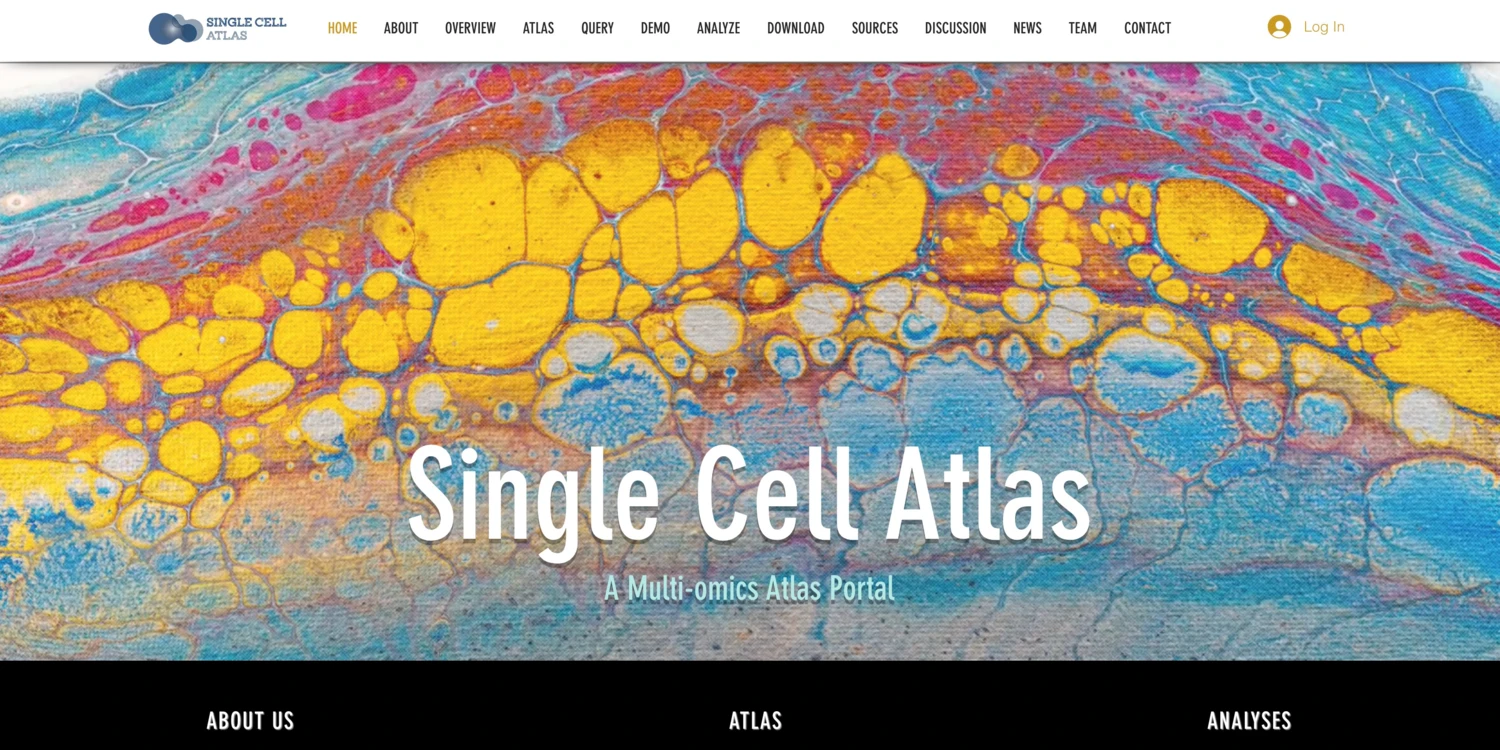
Sydney Adventist Hospital urologist Professor Henry Woo is the first surgeon in Australia to implant a new device that gives men welcome relief from the ill effects of prostate problems, including loss of sexual function.
An enlarged prostate, which affects 50 percent of males aged 50, and 70 percent of those older than 70, often forces men to base their activities around the availability and location of toilets.
Mark Tunks, a 55-year-old project manager, found himself struggling with frequent urination despite staying active at the gym.
“The water I was drinking during workout sessions was meaning I couldn’t then travel on to work without a toilet stop,” he said.
“It was frustrating and uncomfortable and making me feel older than I am.”
Mr Tunks was Prof Woo’s first patient to receive the iTIND device, recently approved in Australia after successful use in the United States.
Published reports indicate it preserves sexual function, gives rapid symptom relief for most patients, with minimal recovery time and no catheterisation.
“I considered myself lucky that I heard about this before I proceeded with something else,” said Mr Tunks, who discussed his options with his wife of 30 years.
Prof Woo said the condition – known as Benign Prostatic Hyperplasia (BPH) – is caused by the compression of the bladder outflow by an obstructed prostate.
“The compression triggers a range of symptoms which include weak urinary flow, urine frequency and urgency requiring multiple bathroom trips during the night or staying close to easy access to facilities during the day.
“Traditionally the treatments to provide relief for patients have been medication, or the cutting or removal of tissue,” he said.

Dr Bronte Douglass, a 78-year-old former medical entrepreneur who has also had the device implanted at the hospital – known as the San – said its minimally-invasive nature and use of a temporary stent had attracted him to the procedure.
“The thought of carving off tissue that other remedial procedures required struck me as fairly primitive,” he said.
“I also like the fact that this is an early intervention procedure, so if I need different treatment later, there are still options for me.”
The device expands after implantation during a day surgery procedure and is removed within five to seven days.
Its three ridges reshape and widen the internal tissue, helping urine flow and reducing the often uncomfortable and constraining symptoms of the condition.
For Paul Williams, a 70-year-old former head of compliance at an investment bank, the procedure has relieved his worsening symptoms – each night he would make four or five trips to the toilet, ruining his sleep.
“I like to trail ride and walk, and more recently have taken up kung fu, but riding became painful and I had to rely on my mobile phone app to make sure I could find a public toilet quickly if I needed it,” he said.
“What really worried me, however, was the potential impact of this restriction in my activity could have on my physical and mental health, which in retrospect I think affected my late father’s activity levels.
“I’ve realised I need to keep moving to avoid the domino effect of ageing and immobility.”
Although data is not yet available on the device’s durability beyond three years, Prof Woo said the encouraging results so far provide an acceptable trade-off.
“From my perspective it’s good we have yet another tool in the armoury of the gold standard treatments that the 16 urologists here at the San use to treat what can be a very debilitating condition. We want our patients to lead the best lives they can.”








